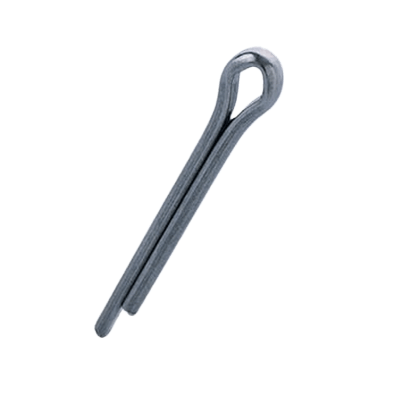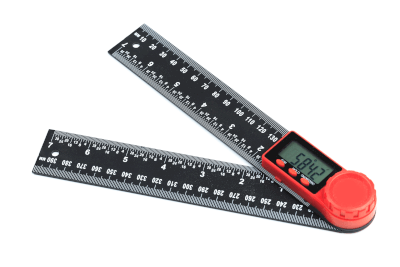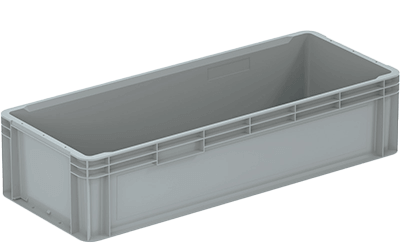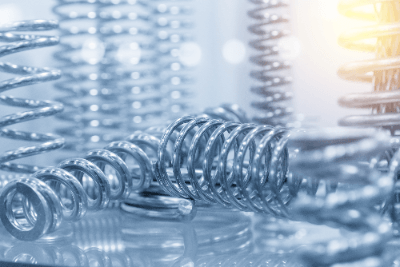What Is a Cotter Pin?

A cotter pin, also known as a split pin, is a fastener used to secure two parts together, typically to prevent a nut from loosening on a bolt. It consists of a metal pin with two tines that are bent during installation to hold it in place. Cotter pins are simple, effective, and widely used in various applications for their ease of use and reliability.
Uses of Cotter Pins
Cotter pins are versatile and used in a wide range of applications, including:
- Securing wheel hubs to axles in automotive applications.
- Locking castle nuts in place on machinery.
- Attaching clevis pins in control linkages.
- General machinery, automotive, aerospace, and agricultural equipment.
Characteristics of Cotter Pins
Cotter pins are known for:
- Simple installation and removal, making them ideal for temporary or maintenance-related applications.
- Variability in sizes and materials to suit different requirements and environments.
- The ability to provide a secure fastening method without the need for additional tools or complex procedures.
Types of Cotter Pins
While the basic design of a cotter pin is universal, there are variations tailored for specific applications:
- Standard Cotter Pins: The most common type, featuring a two-tine design that spreads apart after insertion.
- Extended Prong Cotter Pins: These have longer tines for easier spreading and are used in applications where extra security is needed.
- Hammerlock Cotter Pins: Designed for heavy-duty applications, these pins lock themselves when hammered into place.
Material and Manufacturing
Cotter pins are typically made from steel for strength and durability, with stainless steel or brass options available for corrosion resistance. The manufacturing process involves forming the pin, followed by optional surface treatments like zinc plating for added corrosion protection.
Selection and Installation
Choosing the right cotter pin involves considering the size and material based on the application’s requirements. Installation is straightforward: insert the pin through the hole and bend the tines to secure. Removal is just as simple, making cotter pins a convenient choice for assemblies that require frequent maintenance or adjustment.


